I’ve always felt that summer is not complete unless I take a ride on a roller coaster. There’s the thrill of the ride itself and the atmosphere of an amusement park that just makes me think of summer. In my big April-June roundup I shared that the Cori family went on our annual trip to Busch Gardens and I had a fantastic time riding all of the coasters.
From wood to metal, indoor to outdoor, there are so many variations to experience. It got me thinking, how did we first get the idea to create roller coasters and evolve them into what we have today? Let’s jump back in time with a short history of the roller coaster.

Russia
To begin with, we have the Russians to thank for giving us the earliest version of a coaster and creating an outlet for our inherent need for speed. They started by using hills constructed of snow that they called “Russian Mountains” and used sleds or wheeled carts to speed down them in the 1700s. They used wood to reinforce the mountains and they were as high as 80ft!
France
The French then took up the charge of bringing thrill rides to their populations more permanently with an amusement park on the Champs Elysees in 1812 (maybe? Some dispute on this) with the Promenades Aériennes or “Aerial Strolls” (see picture). According to the National Roller Coaster Museum, “The Promenades Aeriennes both featured wheeled cars securely locked to the track, guide rails to keep them on course, and higher speeds” than the original Russian coasters.
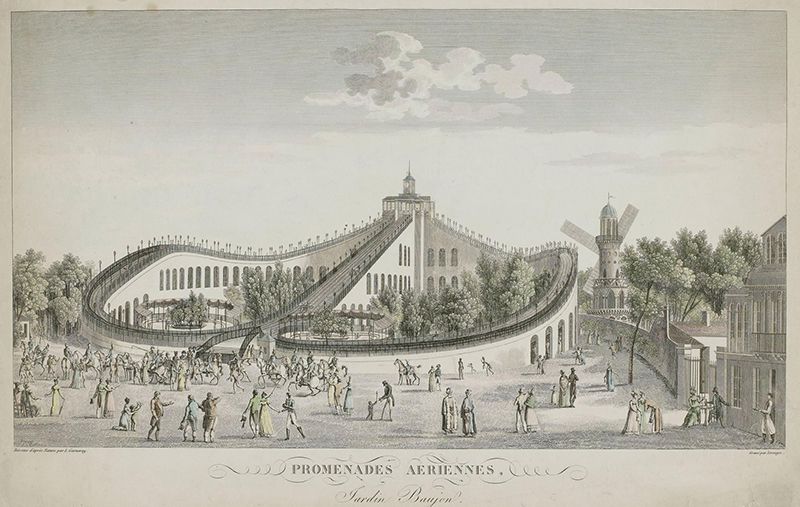
United States – Wood
The first roller coaster-like thrill ride in the US was actually a contraption to move coal. In Summit Hill, Pennsylvania in 1872/1873 a mining company converted the track and car from the purpose of moving coal to thrilling adventure seekers. It was a gravity powered ride that was brakeman controlled; hence why it was referred to as “Gravity Road.” It operated until 1933.
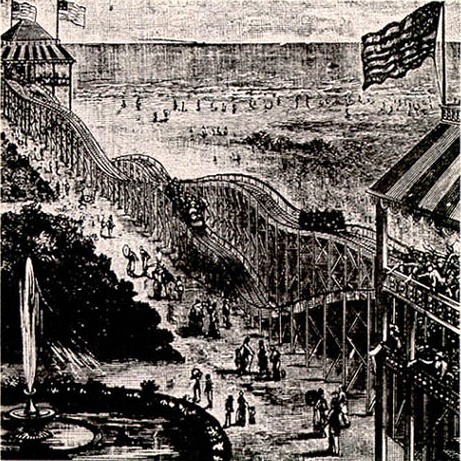
Things got serious in 1884 when LaMarcus Adna Thompson introduced the first coaster to Coney Island. Thompson was so fed up with saloons and brothels becoming popular that he wanted to offer an alternative, according to Smithsonian Magazine. His coaster was the Switchback Gravity Pleasure Railway, so called because riders would climb up a platform to begin on one end, and once they got to the other end they would be “switchbacked” to take the trip in reverse.
By charging a nickel a ride, Thompson was making $600 a day, which led others to enter the roller coaster competition. In 1885 Phillip Hinkle brought his Gravity Pleasure Road to Coney Island that boasted one smooth complete-circuit ride.
Inventors began trying out new methods to improve the experience and to up the thrill factor. The vertical loop was introduced in the 1880s, but so many people were injured that they had to put that idea to rest for a while and work on other inventions before bringing it back half a century later.

In 1919 John A. Miller patented under-friction wheels that keep the car from jumping off the track. This made for a better experience because of reduced drag, allowing for steeper drops and faster speeds. During his career Miller contributed to more than 300 coasters.
This was a golden age for coasters and they rose in popularity in the US until the Great Depression when amusement parks went into decline.
United States – Steel
The next great innovation came in 1959 when Disneyland built the Matterhorn Bobsleds that used a tubular steel track. There were steel kiddie rides released prior to this, including a ride in New York in 1947 and the predecessor of the Wild Mouse rides in the 1950s. However, Disney’s was the first tubular steel coaster and the largest in this realm.
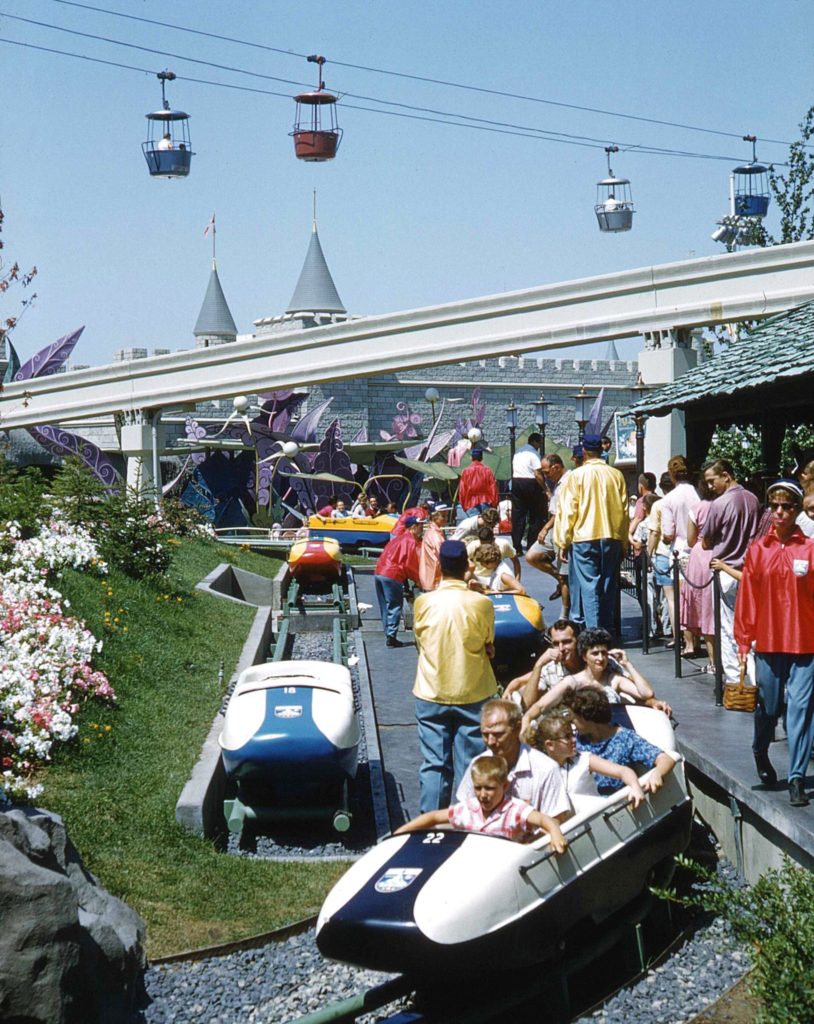
An inverted element finally came back in 1975 with the Roaring ‘20s Corkscrew in California that created a sensation for thrill seekers everywhere. In 1976 the Great American Revolution in California reintroduced the vertical loop.
In 1981 the first suspended coaster was introduced (this type of coaster is a personal favorite for me) in Ohio and was called the Bat. This was followed in 1992 interestingly by Batman The Ride – the first inverted looping coaster in which the car travels underneath the structure. Coaster continued to get faster, taller, and more thrilling, with Kingda Ka at Six Flags in good old New Jersey.
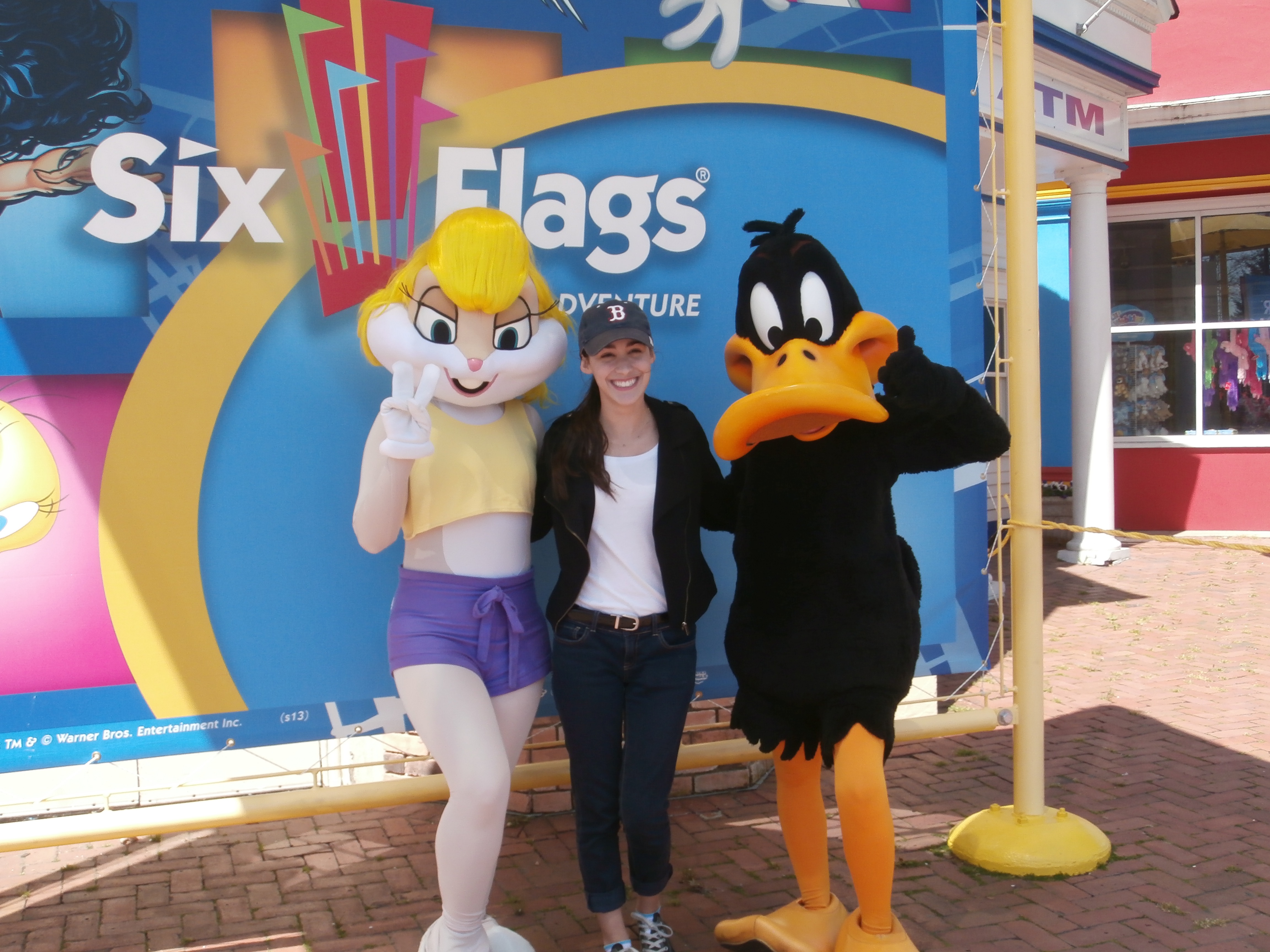
Check out this comprehensive timeline from the National Roller Coaster Museum that helped me write this post!
What are your favorite coasters to ride?

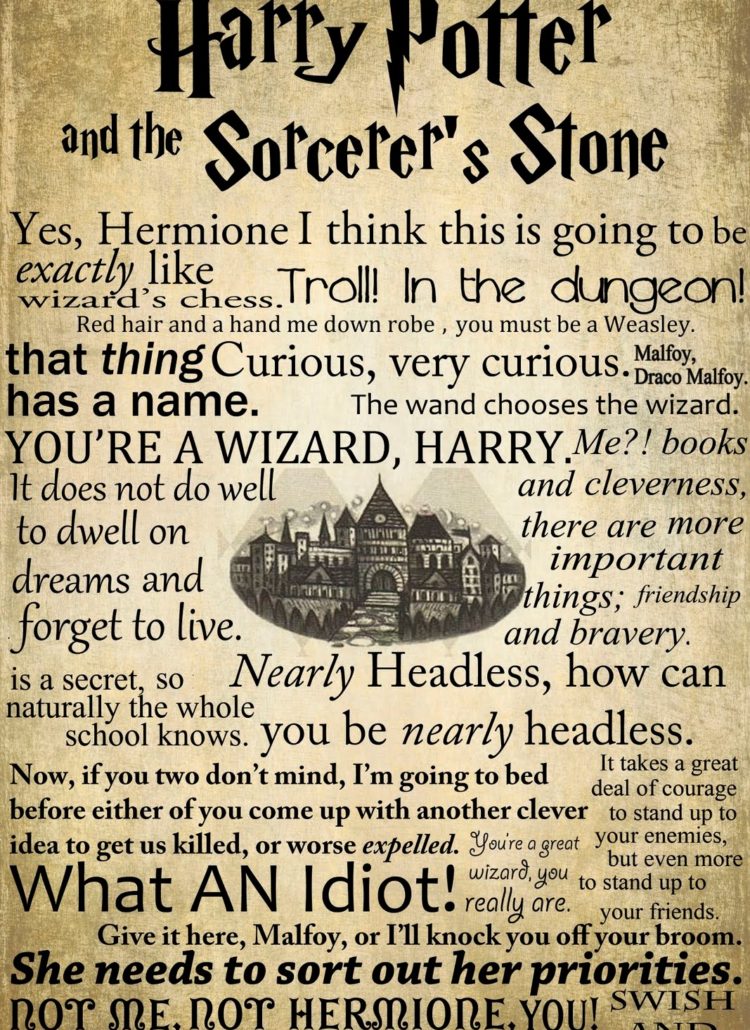


Leave a Reply